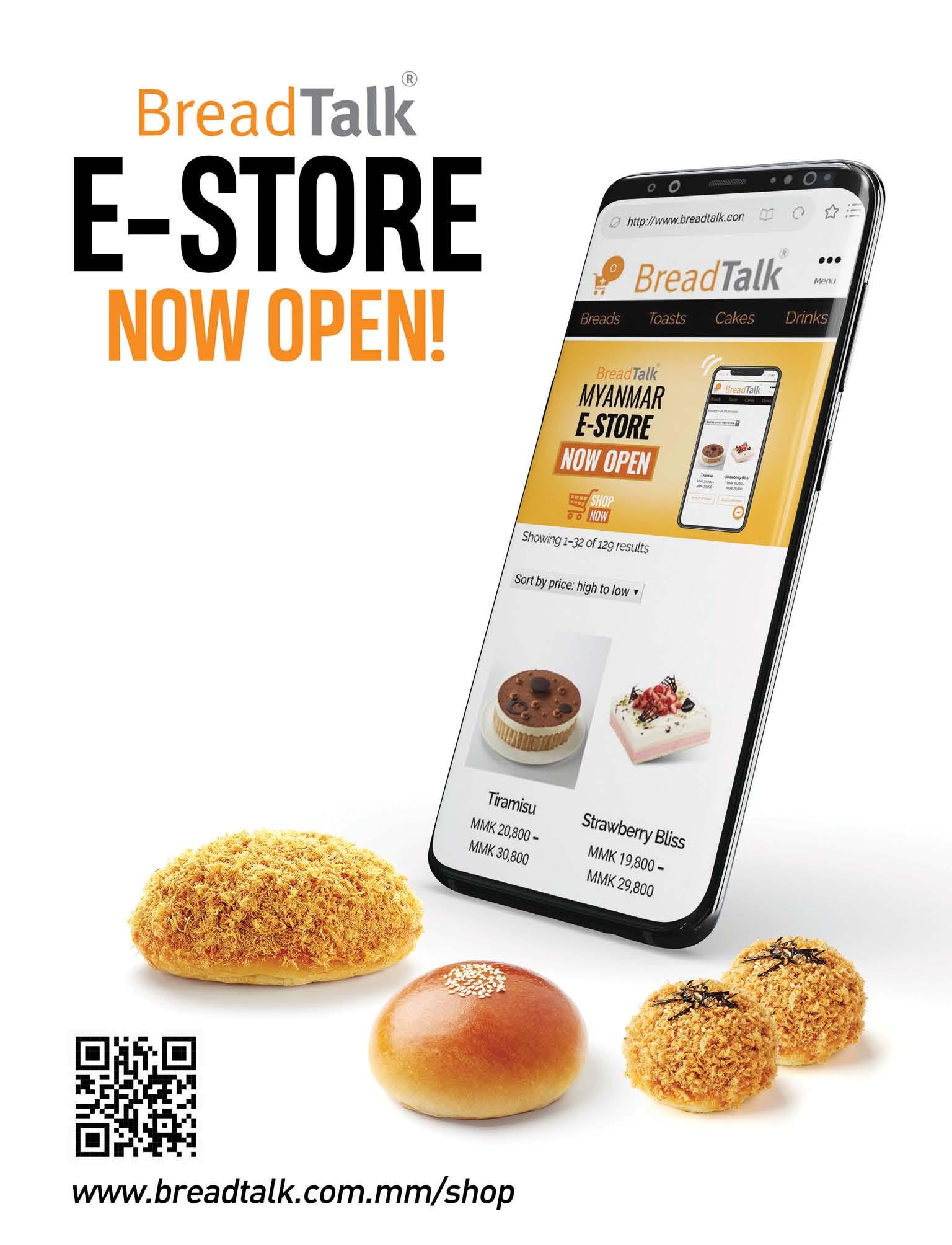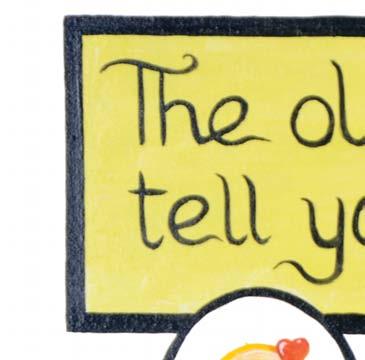
5 minute read
Arts
Art THOE HTEIN: EXPLORING THE FUTURE AND THE PAST
Many arti sts draw inspirati on from many aspects of their life. In additi on, their view of the ti me period they’re in and about is infused into their art. What they see, hear and think about - all part of his world - show up in the colours, the medium, and the perspecti ves they choose.
Advertisement
TEXT: MIN PYAE SONE

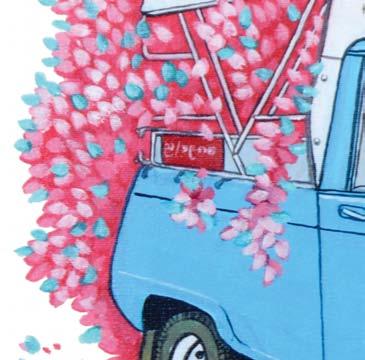



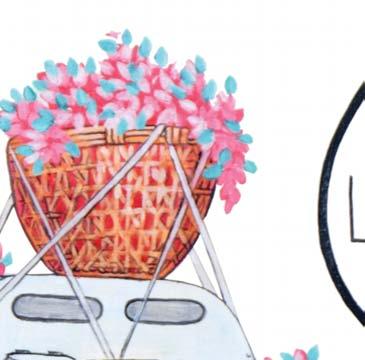

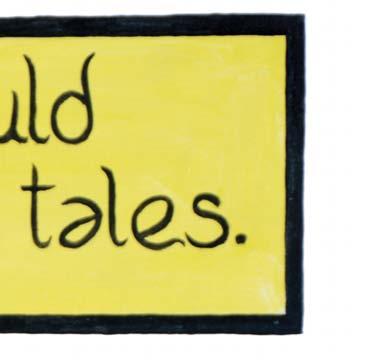
Emily Bronte may have penned “Wuthering Heights” from the comforts of her own home, hardly having any contact with the outside world, but in an accelerated ti me like today, no one really lives in a vacuum anymore; so the experiences the arti st lives through are necessarily part of whatever they create.
Commentati ng on socio-politi cal issues - like Thoe Htein, 40, has done – will no doubt bring a tremendous amount of pressure and scruti ny amongst the acti vely sati rical community that is the arti sts, writers and poets of Yangon.
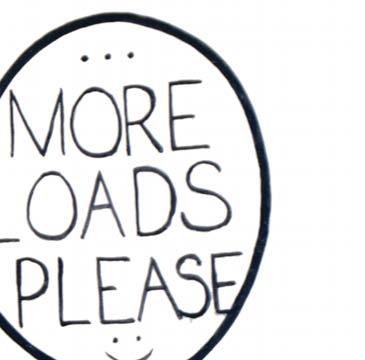
To me, Thoe Htein and his art represent a piece of postmodern Myanmar that we reminisce from ti me to ti me. ‘We're people who grew up under the junta. Though, not necessarily good or bad, it provides a form of social nostalgia – a niche used in many of Myanmar contemporary media, i.e. the internet, comedy, and movies. Why are we doing this and what purpose does it serve?
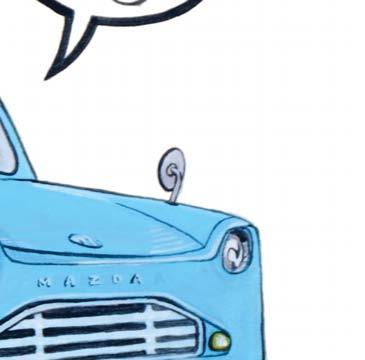
Thoe Htein was 9 years old in 1988, a ti me of politi cal turmoil. He had seen the violence and the period of anarchism that ensued aft erwards. This violent struggle that the turmoil symbolized pushed him away from feeling anger and rebellion, but instead, led him on the path of sati re.
At an exhibiti on at the 43 Art Gallery, Thoe Htein had showcased his work ti tled, “Dance Monkey, Dance for Your Banana,” which depicted a monkey equipped in police riot gear, brandishing a shield and baton. The monkey has a tall and slender frame but looks very malnourished; it glares
at the silhouette mocking it in front of him with its radiating orange eyes. The menacing monkey, with its sickly complexion, is chained on its neck – the captor not in-frame.
In his interview with The Irrawaddy, Thoe Htein explained, “The monkey dances whenever its owner plays a cymbal.” The monkey dances in hopes of receiving a banana, an action reinforced by its captor. The monkey has, clearly, not been eating enough to which Thoe Htein answers, “[The owner] does not feed it to be full in fear of it not continuing to dance once it’s full.”
Although Thoe Htein is a full-time artist now, he had previously worked in some of Myanmar’s lifestyle magazines, illustrating poems and being in charge of most of the graphic design.
In our conversation at a downtown café, he mentions an ordeal which occurred during his time illustrating poems, “I was pretty young back then, so I didn’t know when the poets were trying to disguise words to avoid censorship. I read the blatantly political poem and drew it as I see it fit, and most of the time, the

poem would be featured but the illustration would not be there. I wasn’t angry but I thought it was hilarious.” The illustrations earned him 500ks apiece, and he said jokingly, “Was the same as the price of one beer.”
Current day, Thoe Htein incorporates emoticons/emojis - a symbol that highlights the prominence of social media, the state of the culture industry with its hyperbolic and highly repetitive nature – into his works which acts like criticism to the Myanmar media industry plagued by social influencers, staged pranksters, and way-out-of-proportions thirst traps.
In one of his pieces, a part of a quadriptych titled “Long Live the Litters,” Thoe Htein imitates a Facebook post that contains the image of a seemingly multi-talented social “goddess” that caters to the monkeys below. Colours are vivid, the lines are neat, and the message is crystal clear.
Thoe Htein’s satirical motif and style may have stuck around his career but his earlier works, such as this piece from a 2019 exhibition
”Dance Monkey, Dance for your banana”

at the Moon Art Gallery in Kyautada Township, along with many other aged vehicles, Thoe Htein captures nostalgia from his childhood where times may have been harder than it is now but more complete and overall stress-free. Images that yearned for the past, a grey Yangon skyline.
Another one of his featured pieces, the Mazda truck has a bit of history. It also has sentimental value to both the artist and me. Back in 1962 Myanmar, Japan and truck maker Hino agreed to set up a plant in Yangon. They started to also assemble Mazdas in the same factory, later in 1973. The prolific blue Mazda ‘taxi’ started to be used around the mid-90s until the 2010s until more imports of latest cars arrived. This sense of nostalgia can be observed in many of his other works.
His works create meaning and prevent an existential threat for the viewer, providing visual comfort and questioning the legitimacy of the “good old times.”


